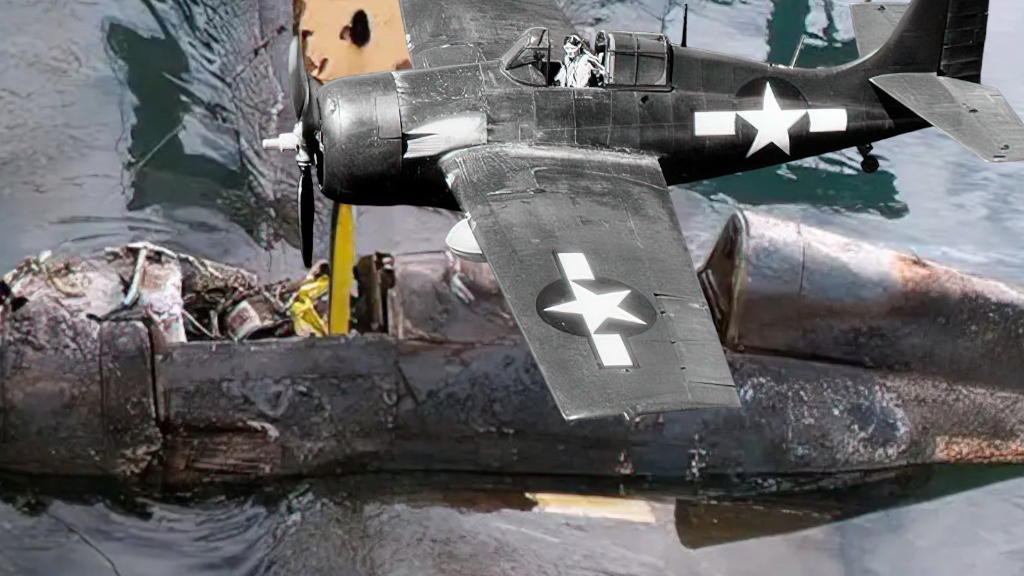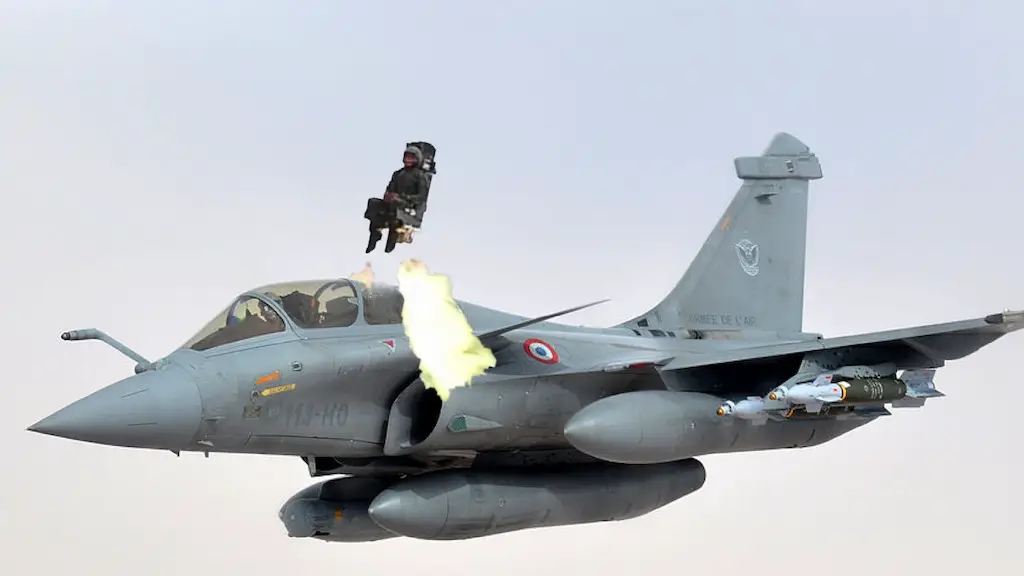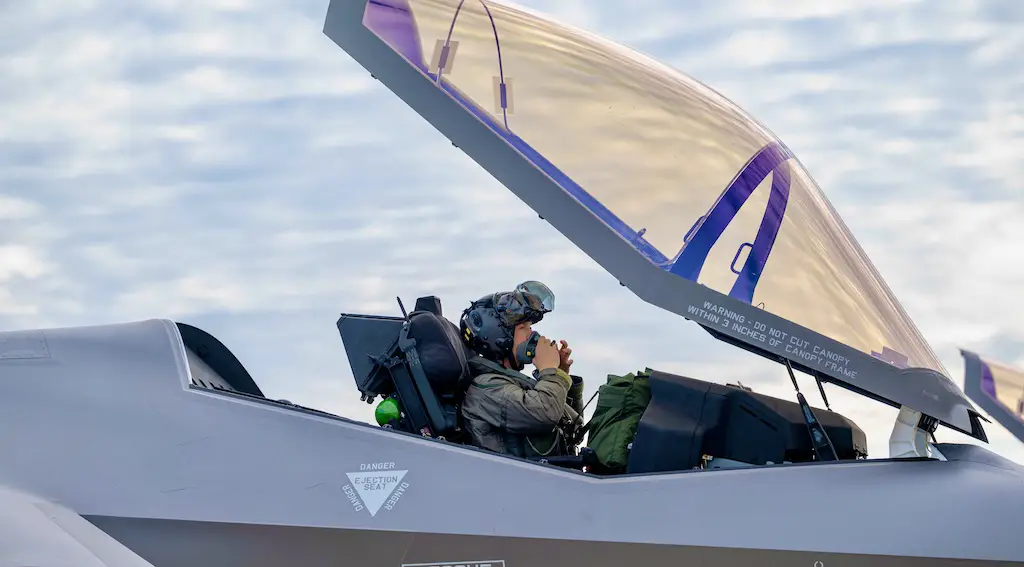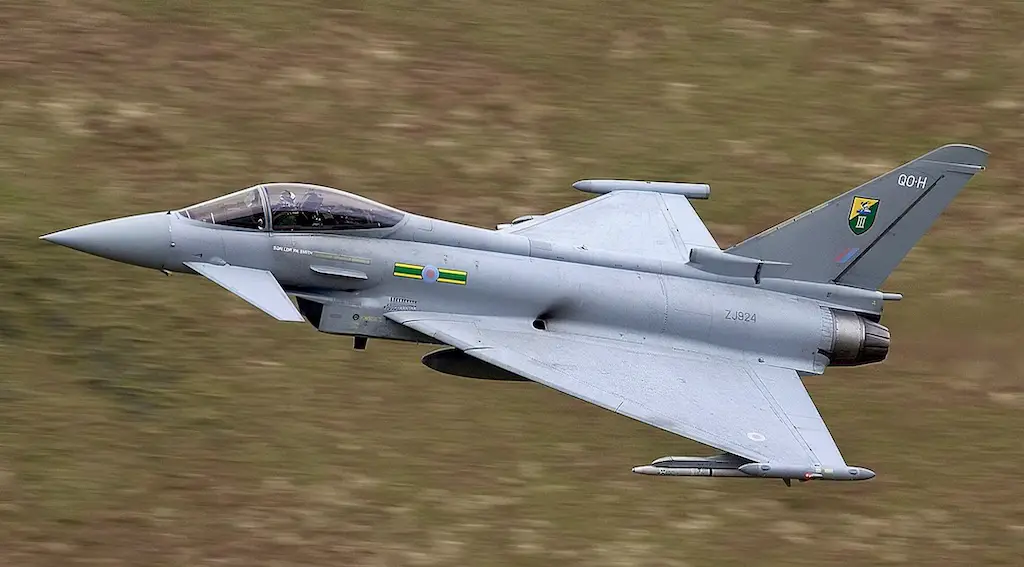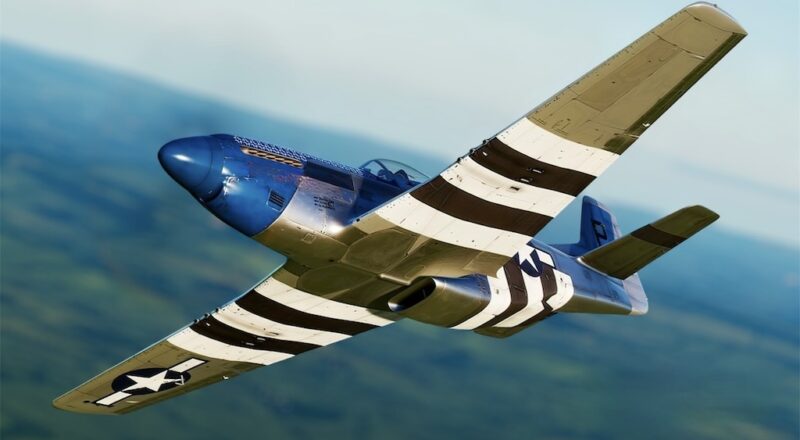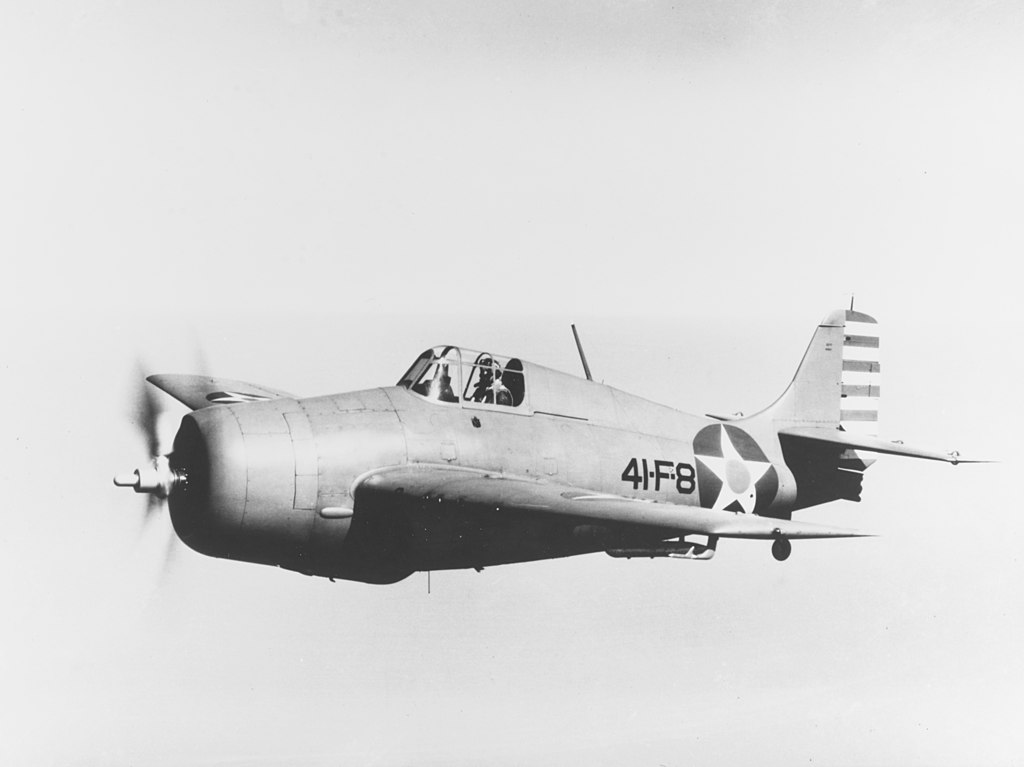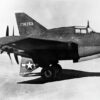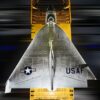The vivid blue and sturdy frame of the F4F-3 Wildcat at the EAA AirVenture 2021 was a sight to behold. This robust warbird had an incredible story of survival to share from the chilling waters of Lake Michigan. In its early days, the aircraft faced an unfortunate mishap, crashing into the cold freshwater only 13 months after its inception. Yet, despite spending decades submerged, the Wildcat’s structure remained remarkably intact, thanks to the aircraft’s rugged build and the lake’s forgiving conditions.
Rod Lewis, the aircraft’s proud owner, has ensured its careful restoration, allowing aviation enthusiasts to witness a tangible piece of history. Each restored part, each vibrant paint stroke, speaks volumes of the aircraft’s rich historical narrative. Now, the warbird graces the sky, its powerful engines and impressive frame a living testament to the engineering brilliance of the past and the meticulous restoration efforts of the present.
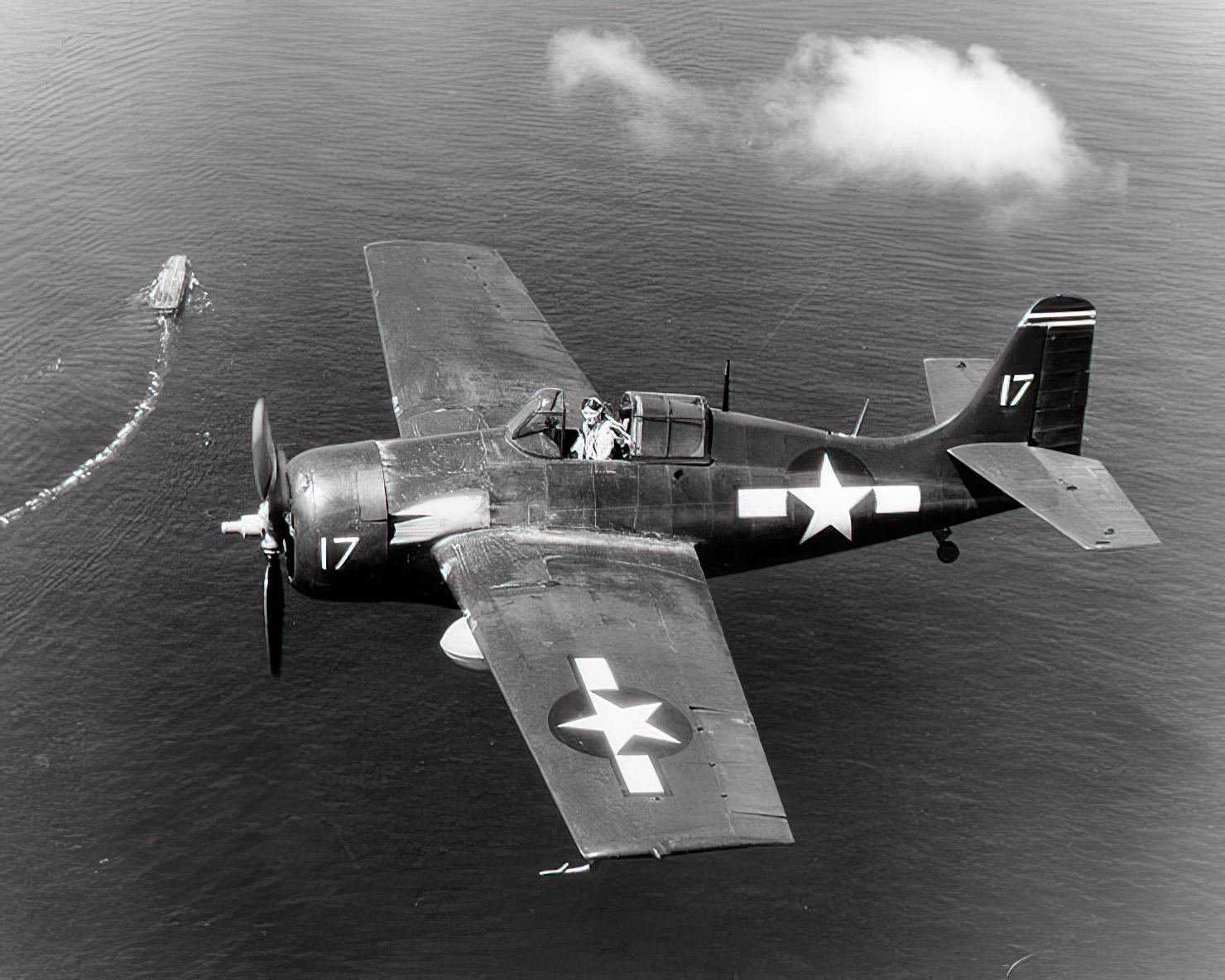
Recovery and Restoration
Beneath 210 feet of Lake Michigan’s cold expanse, the Wildcat awaited discovery and rescue. The recovery mission faced numerous challenges, ranging from the perilous depth to the invasive species compromising the aircraft’s integrity. Despite these hurdles, the Wildcat was brought back to the surface in a daring recovery, marking the beginning of its journey back to the skies.
During its restoration, various intriguing discoveries were made. Old pilot oxygen bottles still held pressure, and parts of the aircraft, such as some leather and Plexiglas, remained usable. A culmination of meticulous efforts breathed new life into this formidable machine, preserving much of its original essence and engineering.
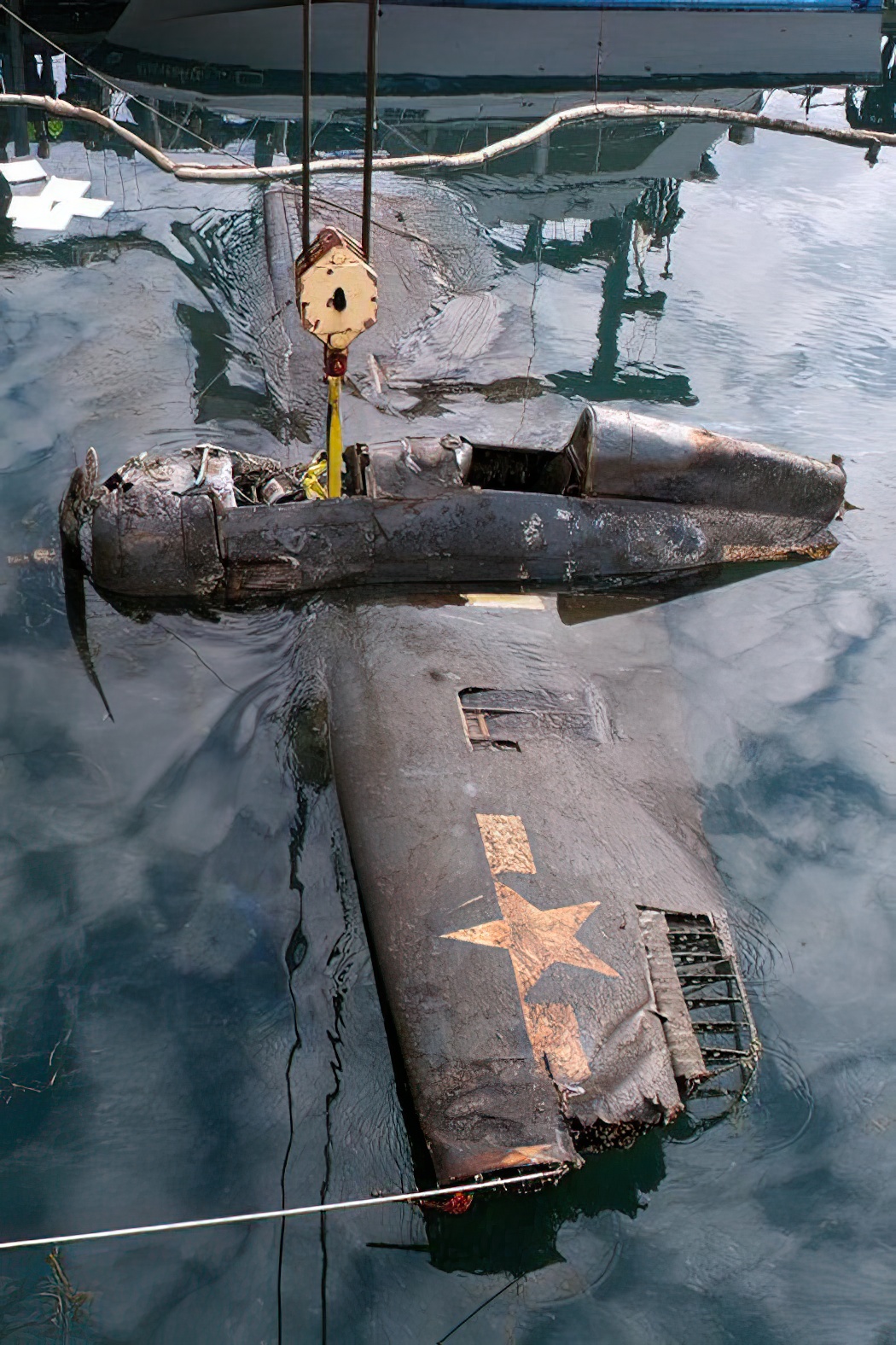
A Symbol of Resilience
Grumman’s F4F-3 Wildcat was not just an aircraft; it was a masterpiece of resilience and rugged charm. Built to withstand the harsh conditions of war, its design encapsulated specialized features that enhanced its durability. The aircraft was not merely a combat tool, but a survivor, enduring adversities such as corrosive environments and intense operational demands.
The Wildcat’s performance in conflict zones was commendable. Armed with armor plates and a robust design, it proved to be a formidable adversary in various combat scenarios, holding its ground against potent opponents, thus earning its place in the annals of military aviation history.
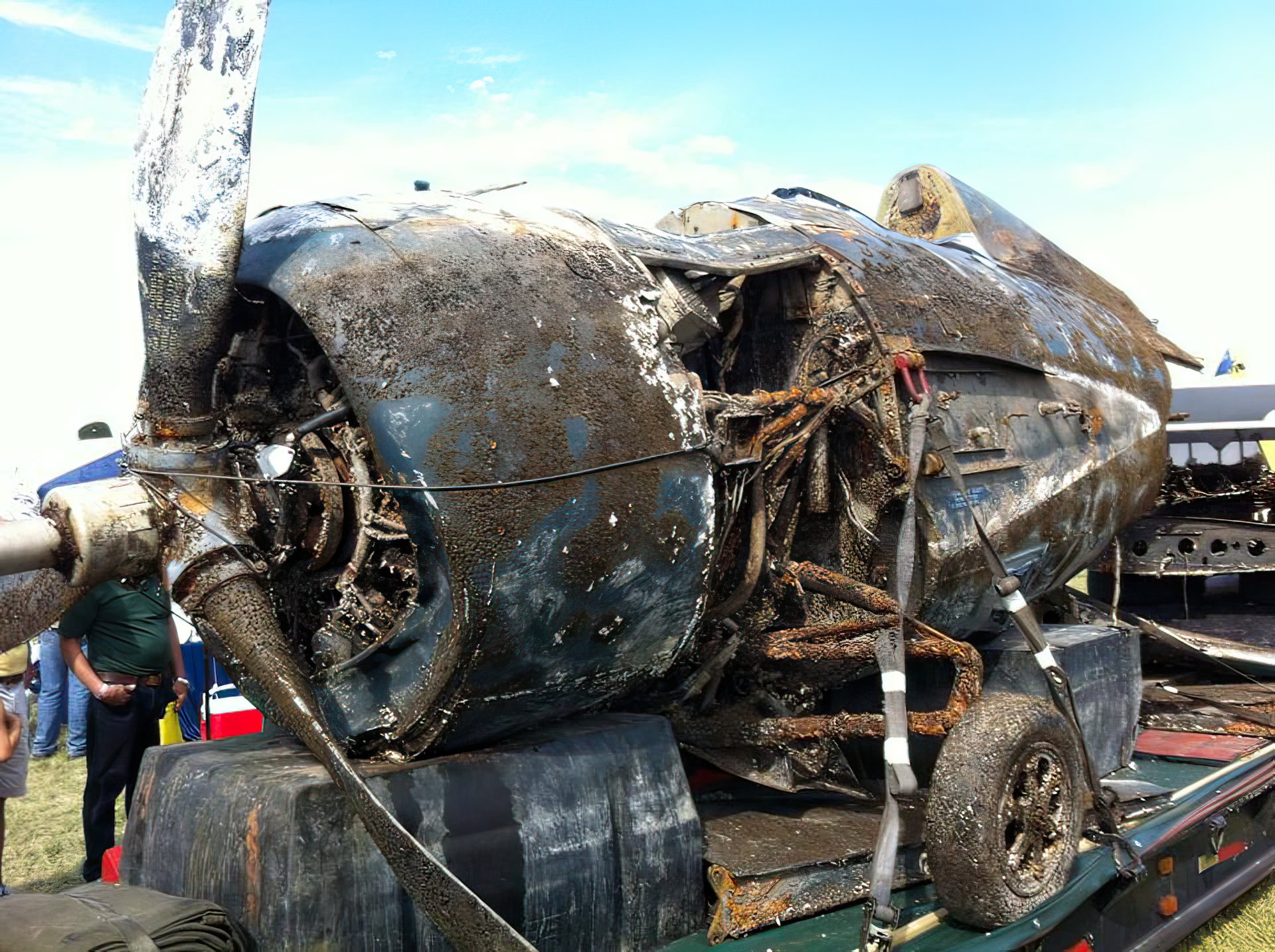
Witnessing History in Motion
The Wildcat’s presence at public aviation events offers spectators a rare glimpse into a bygone era of innovation and bravery. It stands as a symbol of historical and engineering richness, allowing people to connect with a powerful narrative of recovery and restoration. Its refurbished form, which soars in the skies today, enables a new generation to appreciate the marvels of past aviation technologies and the indomitable spirit of the historical figures associated with it.
For the spectators at EAA AirVenture 2021, walking around the Grumman F4F-3 Wildcat was like stepping back in time. It provided them with an opportunity to appreciate the aircraft’s rugged allure and technological prowess, becoming a bridge that connects the past’s heroic tales with the present’s admiration and curiosity.
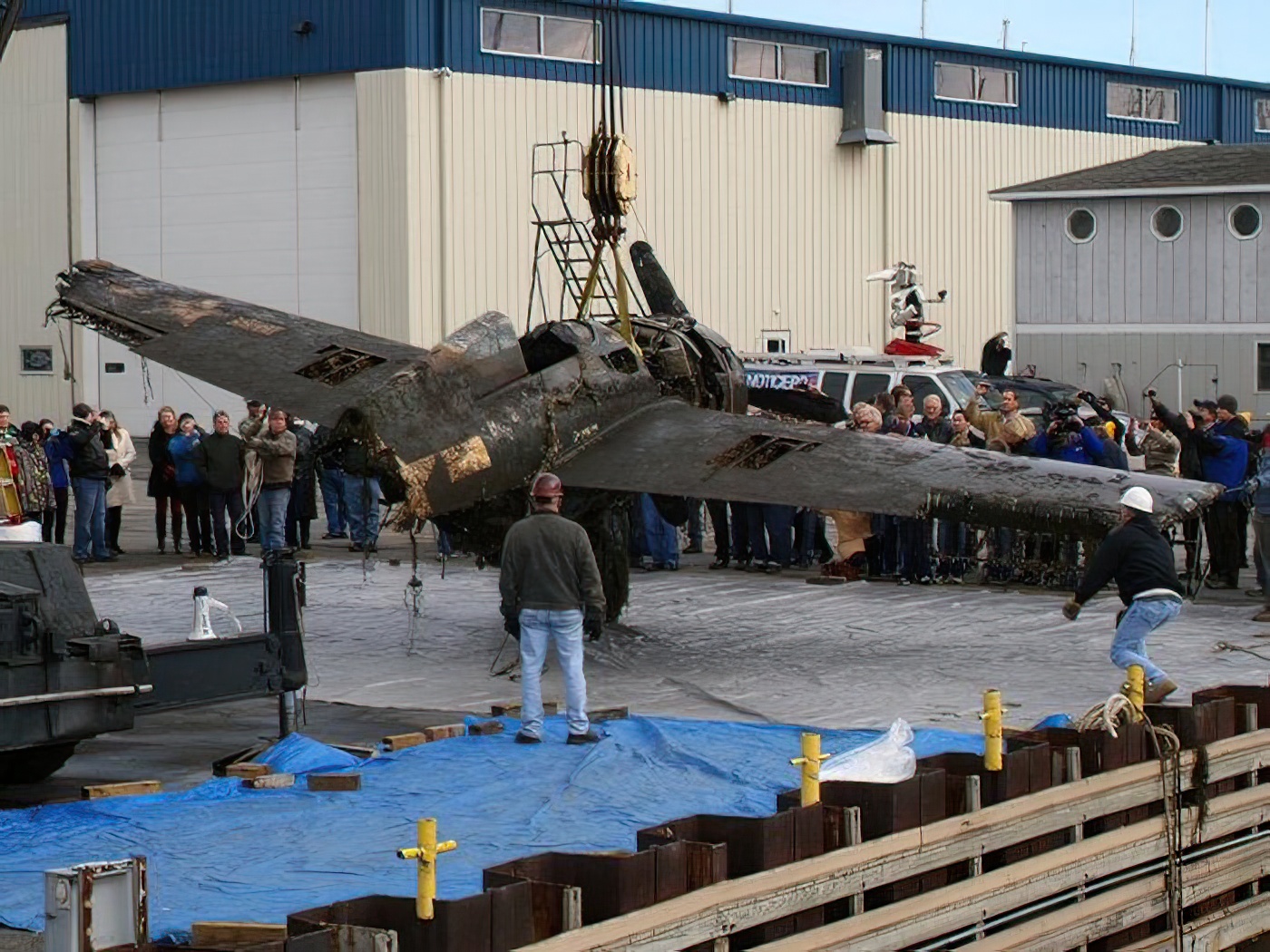
Echoes of Valor
The Wildcat holds within its metal heart stories of valor and historical significance. It played a pivotal role in various military operations, embodying the bravery and brilliance of those who operated it. Figures such as Lieutenant Edward “Butch” O’Hare, who showcased extraordinary bravery in the Pacific war, amplify the aircraft’s legendary status.
The Wildcat’s legacy is more than just its technological attributes. It is woven into the fabric of wartime history, echoing the stories of those who navigated the skies in times of conflict and uncertainty. Today, as it graces modern skies, the Wildcat continues to be a soaring tribute to the heroic epochs and engineering triumphs of the past.

